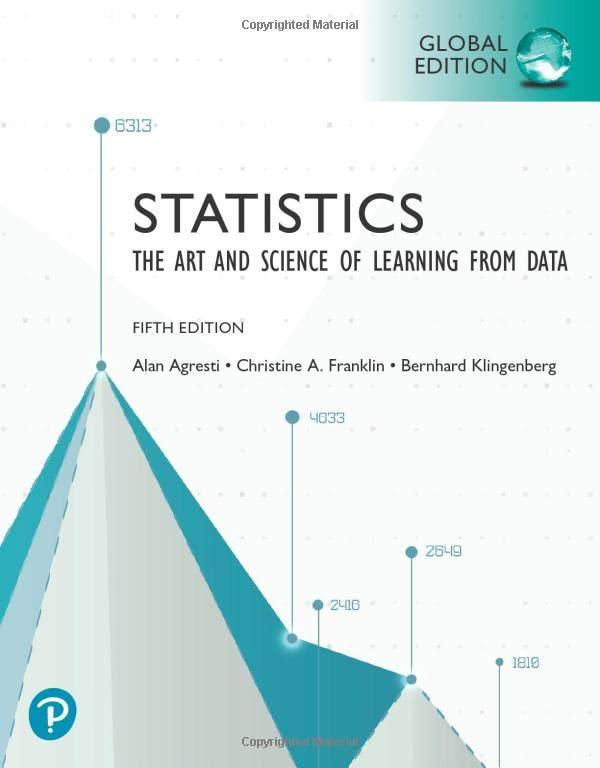A satellite is nearly in a circular orbit determined by (r) and (frac{d theta}{d t} equiv omega).
Question:
A satellite is nearly in a circular orbit determined by \(r\) and \(\frac{d \theta}{d t} \equiv \omega\). An exactly circular orbit is defined by
\[
r=r_{o}=\text { constant }, \quad \omega=\omega_{o}=\text { constant } .
\]
Since \(\frac{d r_{o}}{d t}=0\) and \(\frac{d \omega_{o}}{d t}=0\), the first differential equation is eliminated for a circular orbit. The second equation reduces to \(r_{o}^{2} \omega_{o}^{2}=\frac{k^{2}}{p r_{o}^{2}}\). Find a set of linear equations that approximately describe the differences.
Problem 9.8
Show that the describing function for the saturation element in the previous problem is given by
\[
\frac{B_{1}}{A} e^{j \phi_{1}}=\frac{2}{\pi}\left[\sin ^{-1}\left(\frac{1}{A}\right)+\frac{1}{A} \cos \left(\sin ^{-1}\left(\frac{1}{A}\right)\right)\right]
\]
Problem 9.9
Show that equation \(\frac{d^{2} x}{d t^{2}}=f\left(x, \frac{d x}{d t}\right)\) can be equivalently described by a pair of first-order differential equations.
Problem 9.10
Show that the phase plane trajectory of the solution of the differential equation
\[
\frac{d^{2} x}{d t^{2}}+x=0
\]
Step by Step Answer:

Statistics The Art And Science Of Learning From Data
ISBN: 9781292444765
5th Global Edition
Authors: Alan Agresti, Christine A. Franklin, Bernhard Klingenberg





